The human earlobe, often overlooked in discussions about anatomy, serves as a remarkable canvas for both cultural expression and scientific inquiry. Among the most fascinating phenomena observed in earlobe physiology is the visible deformation caused by prolonged earring wear. This subtle yet profound transformation of soft tissue reveals much about material science, gravitational forces, and the body's adaptive responses.
For centuries, societies have adorned ears with jewelry ranging from delicate studs to elaborate chandeliers. What begins as a minor indentation from a new piercing gradually evolves into a lasting morphological change when subjected to continuous weight. The earlobe's composition—primarily fatty tissue with minimal collagen support—makes it particularly susceptible to these alterations. Unlike cartilage-based upper ear structures, the lobe lacks rigid architecture, allowing it to stretch and reform over time.
Physics plays an undeniable role in this process. Each earring exerts downward force measured in grams, yet when sustained over years, even lightweight designs accumulate significant impact. The relationship between mass and deformation follows nonlinear patterns—initial changes occur rapidly as collagen fibers separate, followed by slower elongation as the skin's elastic limits are approached. Jewelers and biomechanists alike find this progressive yielding fascinating, as it mirrors principles seen in engineering materials under constant load.
Cultural practices dramatically influence deformation severity. Communities favoring heavy ornamental earrings, such as the Maasai with their beaded coils or Indian brides wearing temple jewelry, often exhibit pronounced lobe elongation. Anthropological records show some tribal groups intentionally stretch lobes using progressively larger inserts, viewing the distortion as a mark of beauty or status. Conversely, Western fashion trends favoring lightweight metals and temporary clip-ons demonstrate how jewelry choices directly affect tissue response.
The medical community refers to elongated lobes as "ptosis," classifying it as a benign condition unless accompanied by pain or tearing. Dermatologists note that while some stretching proves reversible after removing heavy earrings, advanced cases may require surgical correction. Recent studies using MRI technology reveal that chronic earring wear redistributes subcutaneous fat pads and alters blood vessel pathways—adaptations the body makes to accommodate persistent pressure.
Modern jewelry design increasingly considers biomechanical factors. Titanium alloys and carbon fiber now complement traditional precious metals, offering strength with minimal mass. Some manufacturers employ computational modeling to predict weight distribution, creating ergonomic designs that minimize lobe stress. These innovations reflect growing awareness that aesthetics need not compromise tissue integrity.
Beyond physical changes, earring-induced deformation carries psychological dimensions. Many wearers report emotional attachments to their stretched lobes, viewing them as diaries of personal history. The fashion industry simultaneously grapples with representing diverse beauty standards while promoting ear health—a balance particularly relevant as statement earrings regain popularity.
Future research may explore nanomaterial applications that reinforce lobe structure without visible bulk, or biologically compatible inserts that stimulate collagen production. What remains undeniable is this microcosm of human adaptation—where culture, physics, and biology intersect at the earlobe—will continue to inspire both scientific inquiry and artistic expression for generations to come.

By Natalie Campbell/Apr 27, 2025
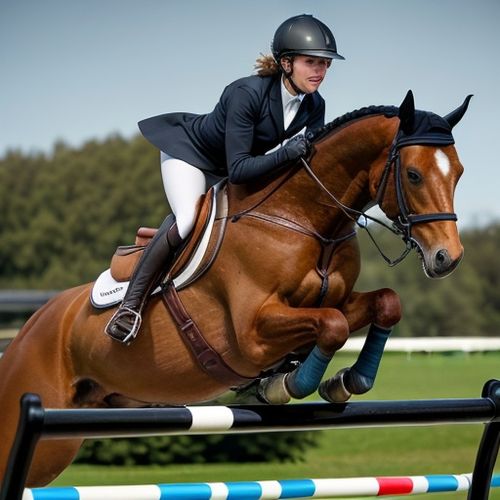
By Emma Thompson/Apr 27, 2025

By George Bailey/Apr 27, 2025
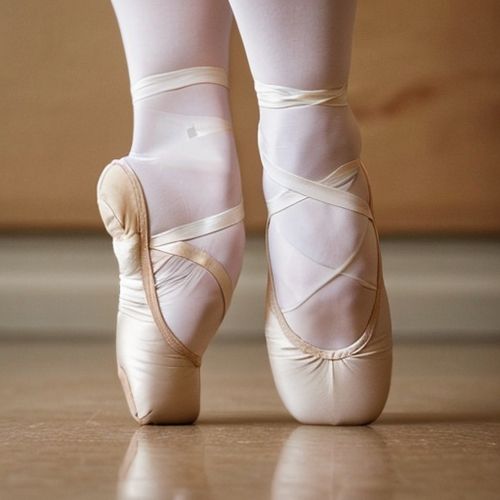
By William Miller/Apr 27, 2025
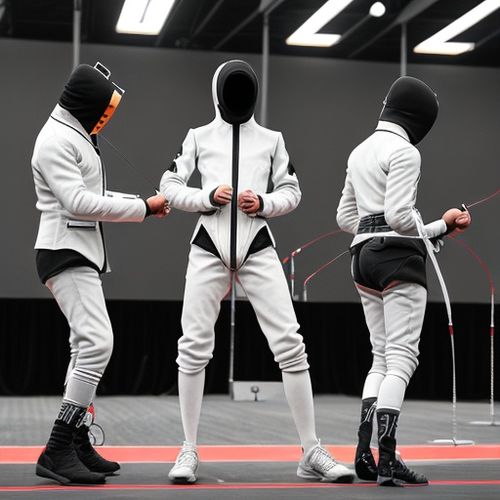
By James Moore/Apr 27, 2025

By Lily Simpson/Apr 27, 2025

By Elizabeth Taylor/Apr 27, 2025
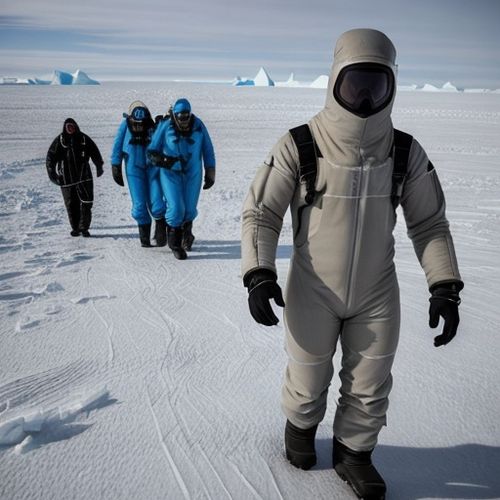
By Benjamin Evans/Apr 27, 2025
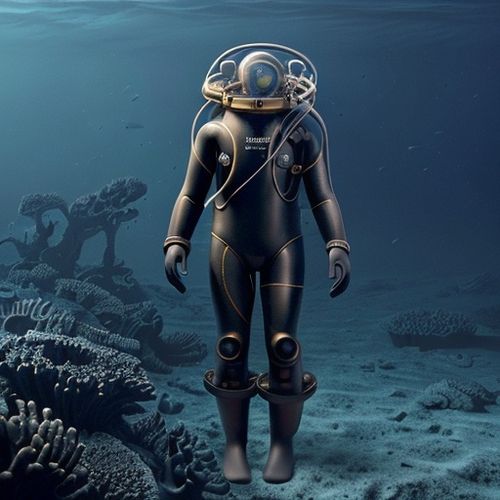
By Elizabeth Taylor/Apr 27, 2025

By Samuel Cooper/Apr 27, 2025
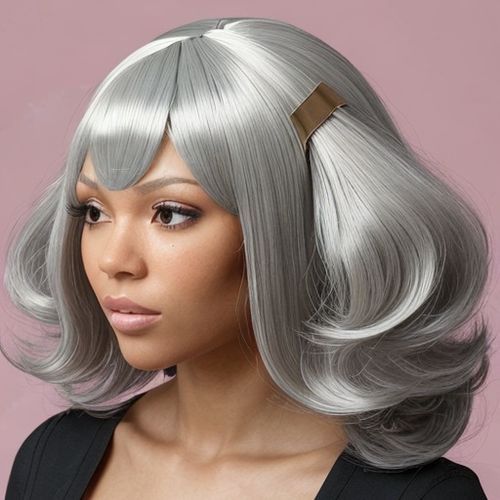
By John Smith/Apr 27, 2025
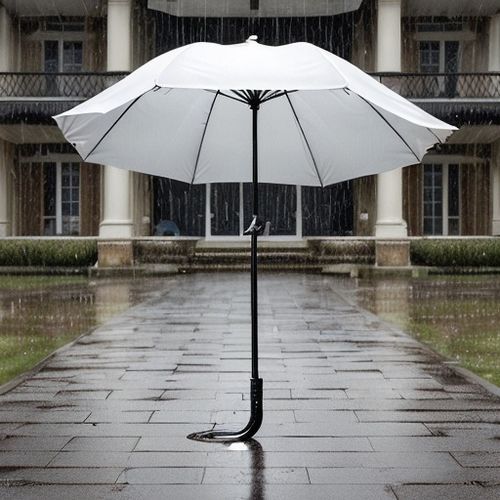
By Daniel Scott/Apr 27, 2025
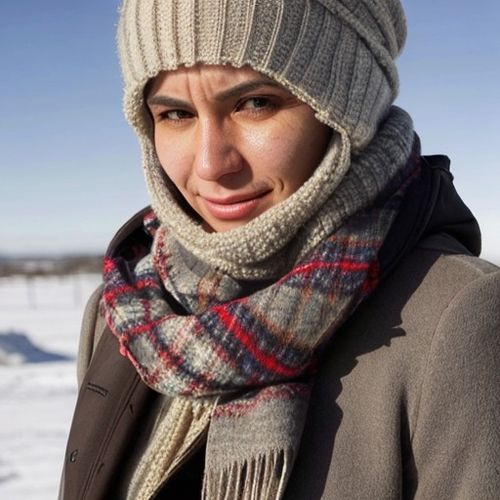
By Amanda Phillips/Apr 27, 2025
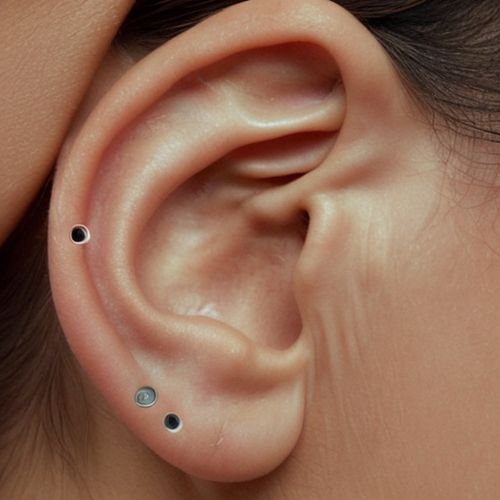
By Amanda Phillips/Apr 27, 2025
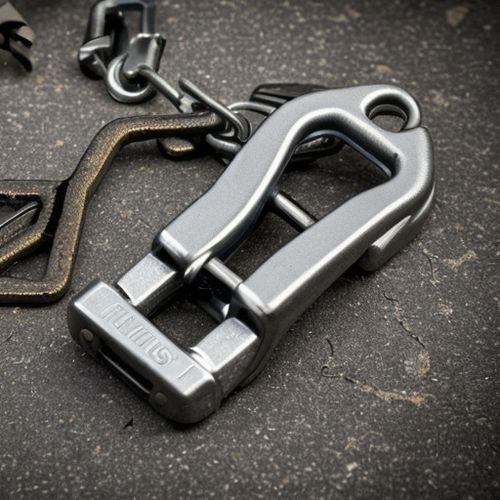
By Elizabeth Taylor/Apr 27, 2025
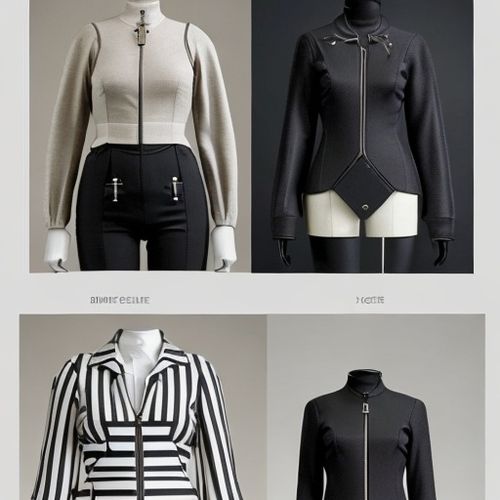
By Thomas Roberts/Apr 27, 2025
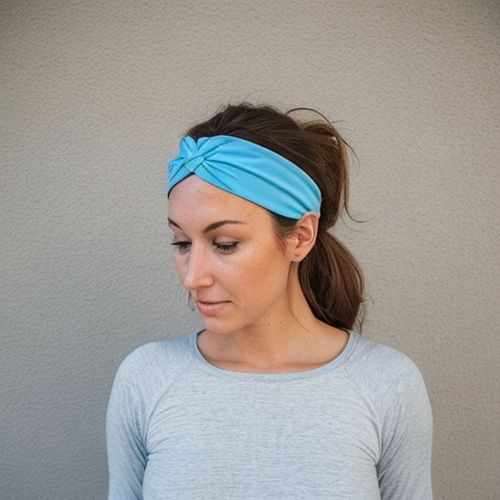
By Victoria Gonzalez/Apr 27, 2025
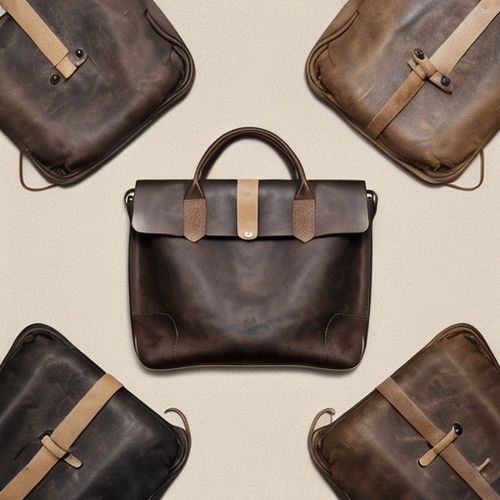
By David Anderson/Apr 27, 2025
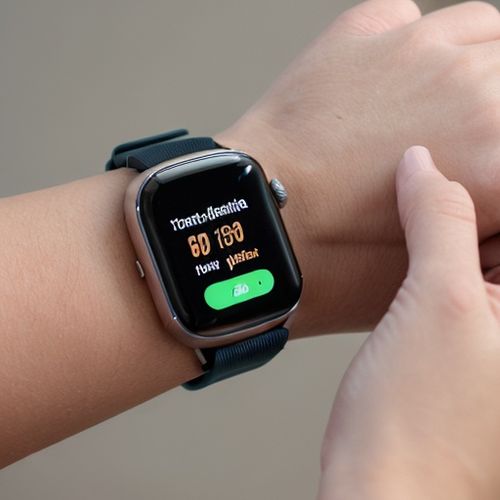
By Emma Thompson/Apr 27, 2025
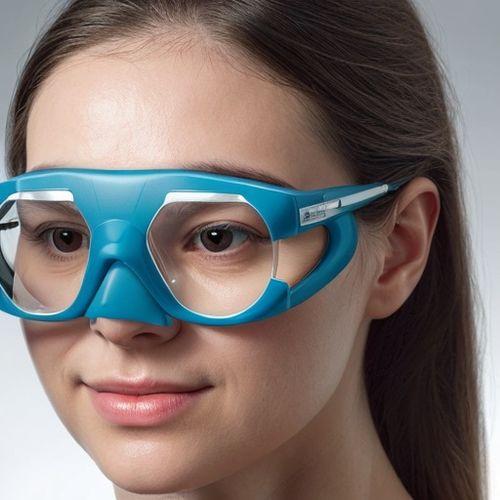
By Daniel Scott/Apr 27, 2025